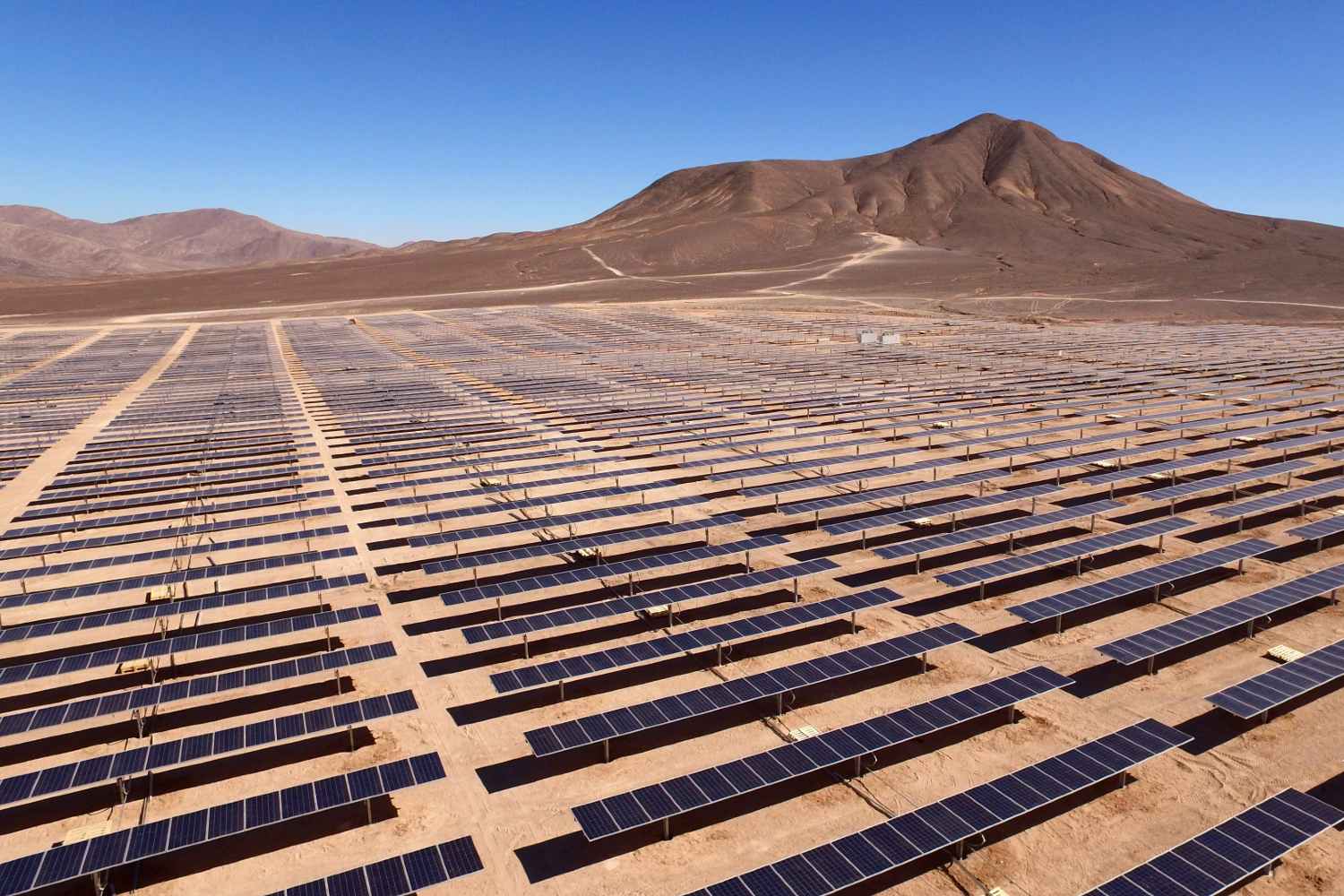You wake up in the small hours, the air is thick, and the fan has stopped. Or you are halfway through an online class, a meeting, or a study session, and the screen goes black. That was the soundtrack of last summer for many homes across Egypt, as scheduled power cuts moved from rumour to routine. The pattern had a cause. In the summer of 2024, and again in 2025, a fierce heatwave hit Egypt, putting a toll on electricity. The government in June 2024 resorted to three-hour power cuts while it scrambled for extra fuel. This is called “load-shedding”, a scheduled switch-off of electricity to save fuel. To plug the gap of fuel shortage, Prime Minister Mostafa Madbouly stated in June 2024 that Egypt needed USD 1.18 billion worth of fuel (EGP 56.6 billion). Officials said the cuts would stop in July 2024 once extra gas shipments arrived. The message was simple: when gas is tight, lights go off or the fuel bill jumps. Why solar is the practical answer Egypt still makes most of its electricity from natural gas. When local gas falls short, the country buys Liquefied…




